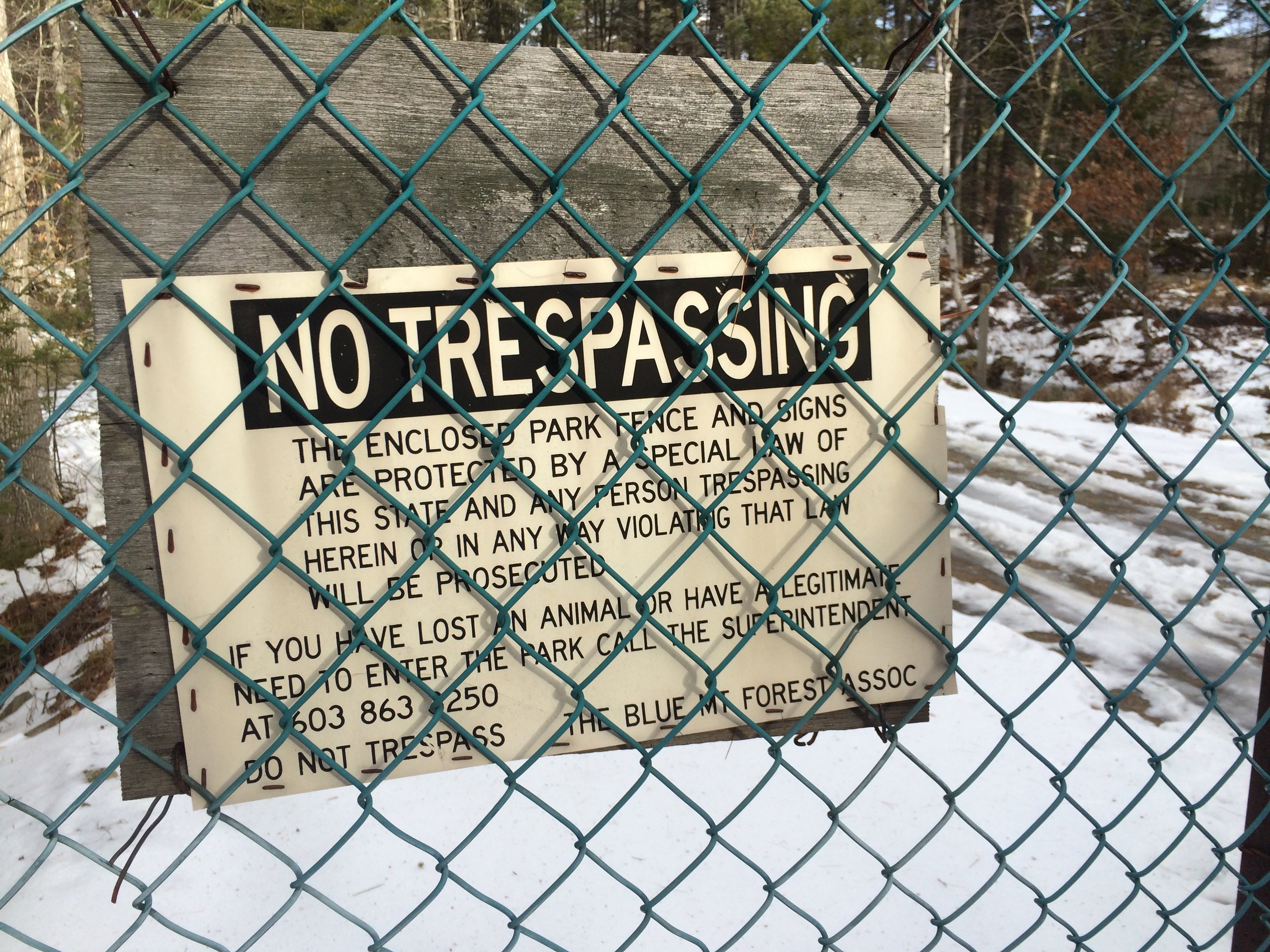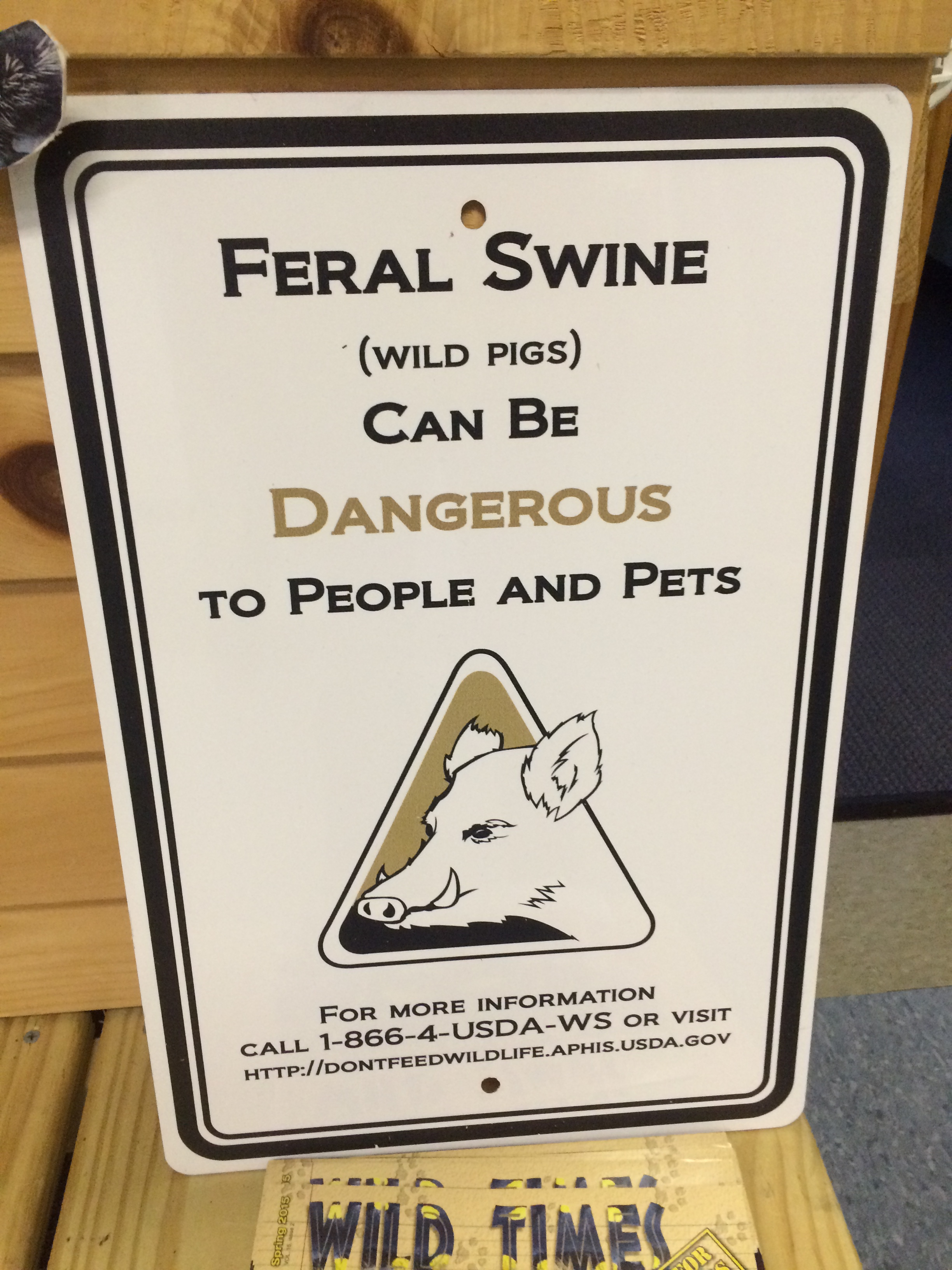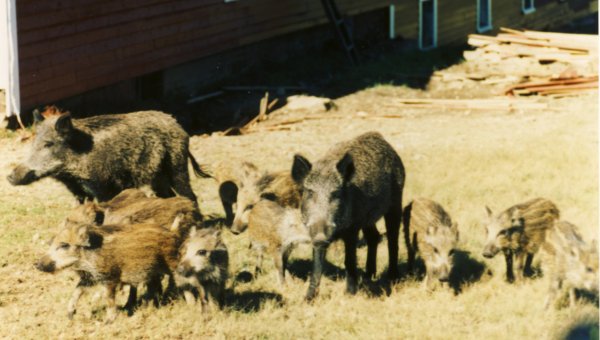“Many of the people who started these programs were working in traditional environments,” says Will. “I’ve worked at mental health centers, I’ve worked at boarding schools, I’ve worked at public schools, and those environments were not as powerful as the one here.”
With a childhood full of summer camps and the boy scouts, it’s no wonder Will was drawn to the natural world’s potential for treatment.
“You interview parents who send their kids to summer camp and most of them will say, ‘Wow, he or she really grew up from that experience,’” says Will. “This is the same idea but it’s much more intense and much more therapeutically focused.”
And that’s where Jake Duggan went back in 2013: depressed, suicidal, out of options.
“When you’re out in the woods, whether it’s alone or with a group of people and you’re on a backpacking trip, you have such a purpose and you’re needed for everything that happens,” says Jake. “I don’t think I’d be here if it wasn’t for Summit Achievement.”
So what exactly was it that helped Jake get better? Was it teamwork? Top-of-the line counseling? Eagles soaring through rainbows? When it comes to the field of Wilderness Therapy, the science is still out on exactly how and why some kids get better in nature. There’s even a name for it. Experts call it the black box. And while Jake emerged from that black box seemingly healed, not all Wilderness Therapy camps are created equal.
Wilderness Therapy Gone Wrong
Cynthia Clark-Harvey’s story read a lot like the Duggans – in 2001 she was the parent of a teen in distress, searching for answers, who was eventually pointed towards a Wilderness Therapy camp.
“Erica was just very bright, very talented,” Cynthia says. “We were all just kind of awed by her a lot of the time.”
Erica, the Harvey’s oldest, was an award-winning artist, competitive springboard diver, and weekly volunteer at the local animal shelter for years. Cynthia says things turned on a dime in the eighth grade.
The first sign of distress came when Cynthia and her husband, Michael, found out that Erica had begun cutting herself. Within a week they were in front of a psychologist.
“She was hospitalized just before her 15th birthday for suicidal ideations, suicidal thoughts, and suicidal behavior,” says Cynthia.
Over the next few months, Cynthia and Michael tried everything. They brought her to family therapy, a psychiatrist, entered her in a drug treatment program. Erica began to show signs of mild improvement. Then, a consultant nudged them to consider Wilderness Therapy. Cynthia dove into any published materials she could find.


















